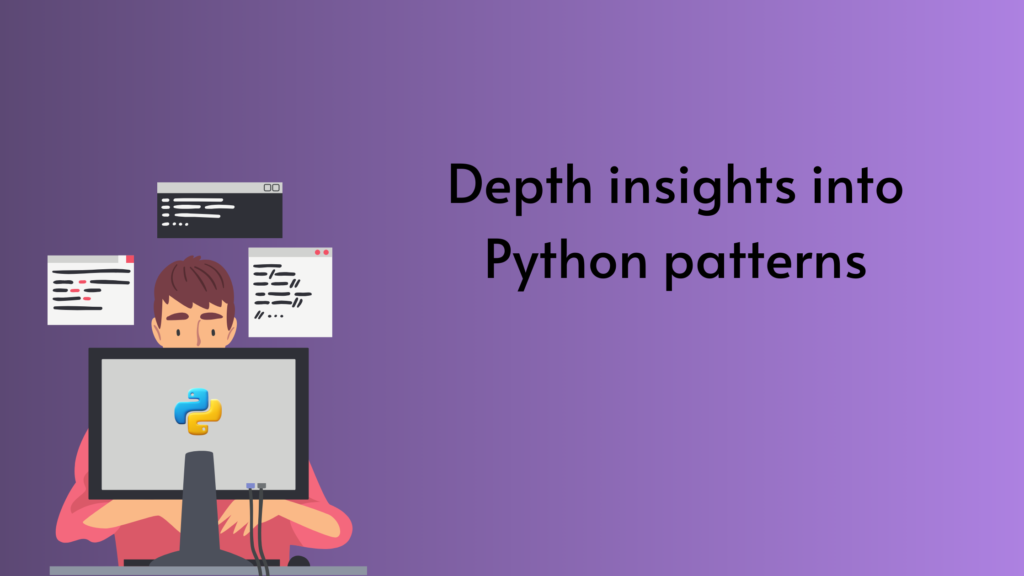Unveiling the World of IT Architects: Roles, Responsibilities, and Skills

In the fast-paced world of technology, IT architects play a pivotal role in designing the blueprint for successful digital systems. They are the masterminds behind creating and maintaining the technological infrastructure that keeps our modern world running smoothly. In this blog post, we’ll take a deep dive into the realm of IT architects, understanding their roles, responsibilities, required skills, and the intriguing facets of their job descriptions and salaries.
1. What Is an IT Architect?
An IT architect is a professional responsible for designing, planning, and implementing technology solutions for businesses and organizations. They are the visionary thinkers who create the overarching structure that ensures all IT systems work cohesively, efficiently, and securely. IT architects bridge the gap between technical and business aspects, ensuring that technology aligns with the organization’s goals and requirements.
2. What Does an IT Architect Do?
IT architects wear many hats, and their responsibilities vary depending on the specific role and organization. However, some common tasks include:
- System Design: They create high-level system designs and blueprints that guide the development and implementation of IT solutions.
- Technology Evaluation: IT architects research and recommend the use of specific technologies and tools to meet business needs.
- Project Management: They often oversee projects, ensuring they stay on track and within budget.
- Security: IT architects design systems with security in mind, protecting against cyber threats and vulnerabilities.
- Collaboration: Collaboration with various teams and stakeholders to understand business needs and translate them into technical solutions.
3. Roles and Responsibilities of an IT Architect
The specific roles and responsibilities can vary, but typical positions in this field include:
- Enterprise Architect: Focused on aligning IT strategy with business goals and ensuring all systems work seamlessly together.
- Solution Architect: Concentrated on designing specific solutions for particular projects or problems.
- Infrastructure Architect: Specializing in designing the hardware and network systems that underpin IT operations.
- Data Architect: Focused on managing and organizing data to meet business needs.
4. Skills Needed to Become an IT Architect
To excel in this role, IT architects require a diverse skill set, including:
- Technical Expertise: Proficiency in various technologies, programming languages, and system architectures.
- Problem-Solving: The ability to analyze complex issues and provide innovative solutions.
- Communication: Excellent communication skills to interact with teams and stakeholders.
- Project Management: Skills to oversee projects, ensuring they meet deadlines and objectives.
- Business Acumen: Understanding of business goals and how technology can support them.
5. IT Architect Job Description and Salary
Job descriptions and salaries for IT architects can vary widely, depending on the specific role, the organization’s size, and location. On average, IT architects earn competitive salaries, often ranging from $90,000 to $150,000 or more per year. Job descriptions include a mix of the aforementioned responsibilities and skills tailored to the specific role in question.
In conclusion, IT architects are the unsung heroes of the digital world, shaping the technology landscape that drives our modern lives. Their roles are diverse, their responsibilities extensive, and their skills indispensable. As technology continues to evolve, so too will the importance of IT architects in keeping our digital infrastructure up to date and secure.
Top of Form









